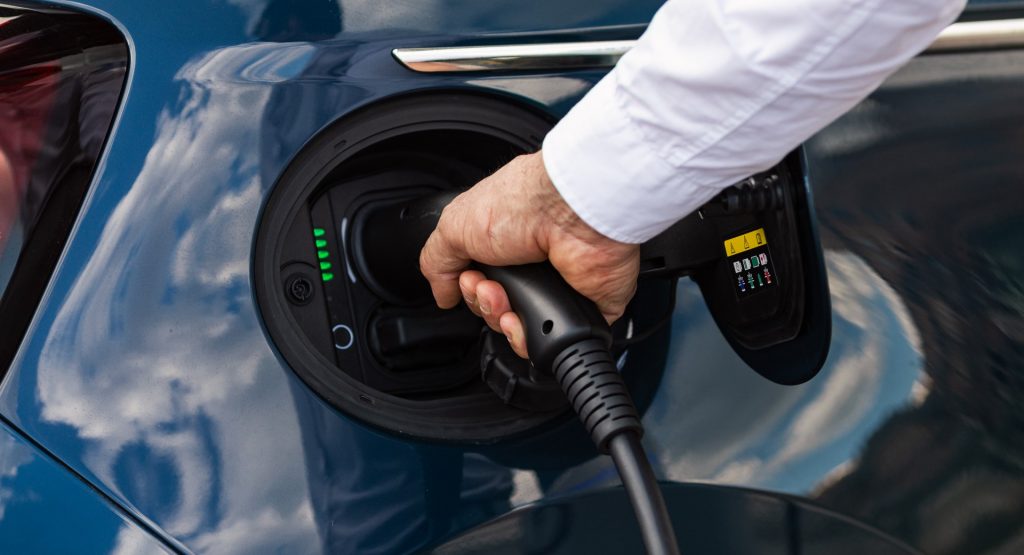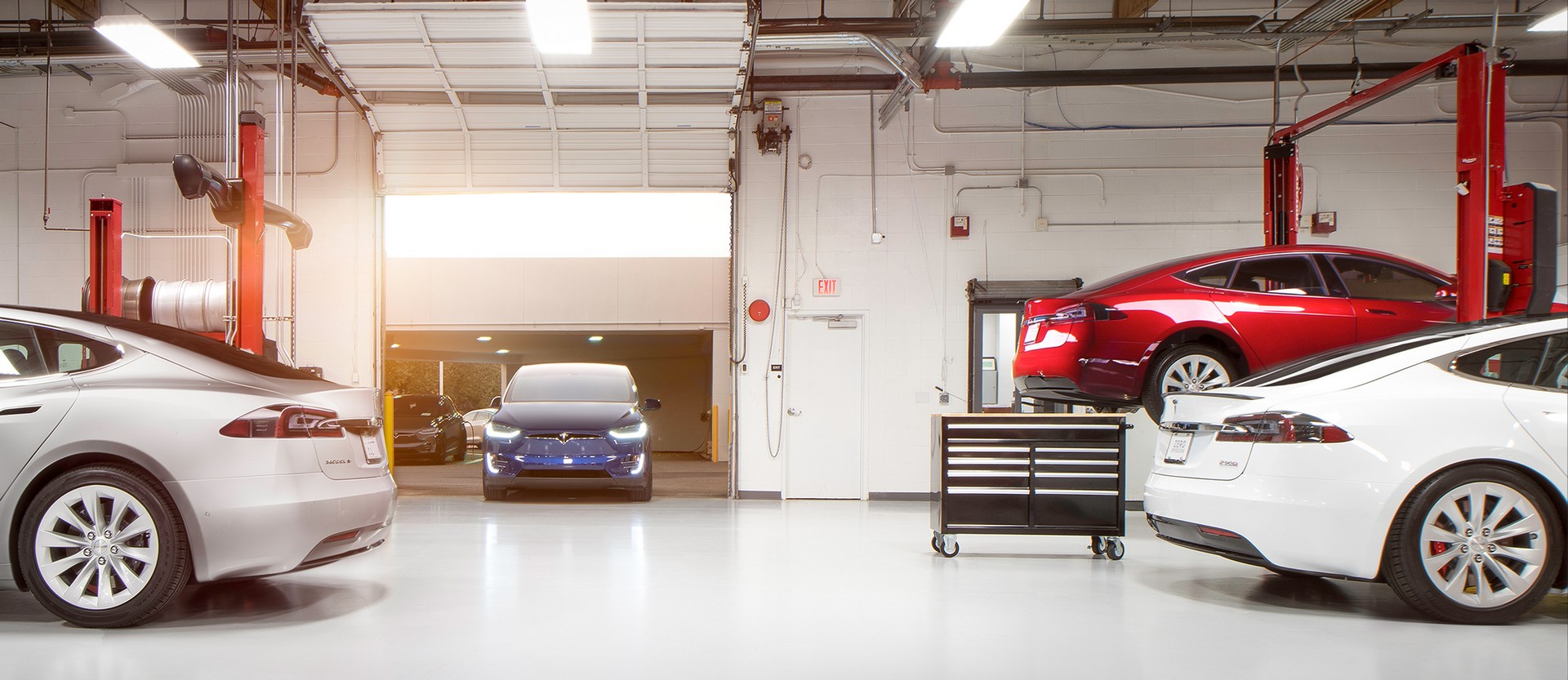New data has revealed that it can be costlier to maintain an electric vehicle during the first year of ownership than an ICE vehicle but in the long run, average service costs are much cheaper.
Data released by We Predict says that owners of EVs in the U.S. spend on average on $123 on service costs in the first three months of ownership and $306 in the first year. By comparison, the owner of a new combustion engine vehicle typically spends $53 and $189 respectively.
However, EVs become cheaper as time goes by, with service costs for the first 36 months averaging $514 compared to $749 for a combustion vehicle.
Read Also: Uber Becomes Latest Company To Embrace Tesla As 50,000 Set To Be Offered To Drivers By 2023
We Predict’s study claims the difference is mainly due to lower maintenance costs, as EV owners typically spend just $77 exclusively on maintenance during the first three years of ownership compared to the average $228 for ICE vehicles.
The data company’s study included more than 13 million vehicles across 400 models and the results were based on 65 million service and repair orders that totaled more than $7.7 billion in parts and $9.5 billion in labor costs. Calculations also factored in maintenance, unplanned repairs, warranty and recalls, diagnostics, software updates, factory-installed options, and service campaigns.
“The data shows that maintenance costs are lower and maintaining an electric engine over the medium-to-long term is significantly cheaper and less fraught with larger repairs than ICE engines,” We Predict chief executive James Davies explained to Auto News.
The study also concluded that vehicle maintenance costs are on the rise. It says that manufacturers typically charge $731 for maintenance over the first three years for 2018 model year vehicles, an 11 per cent spike from 2016 models. It was also revealed that repair costs rose 4 per cent, maintenance costs jumped 11 per cent, and service campaigns spiked by 35 per cent.
“The average cost of labor on an EV can be two or three times higher than an ICE [vehicle] at the moment because it takes longer to figure out what the problem is, and then longer to solve it,” Davies added. “But you know, once [manufacturers’] technicians have figured these things out — and that information gets disseminated and spread out to all of the other service techs — we would expect to see those labor costs come down.”









